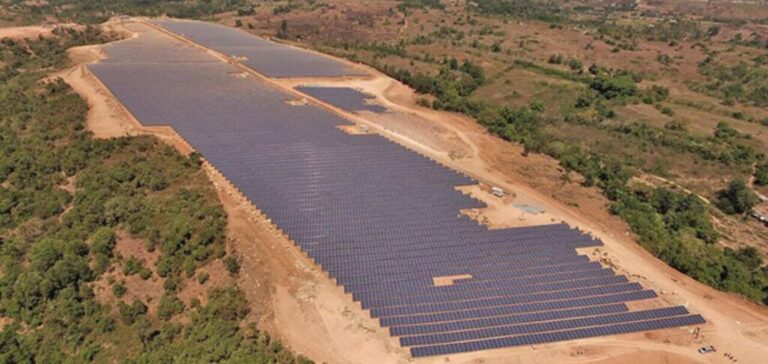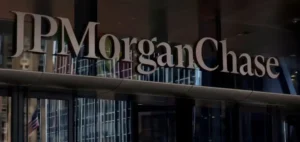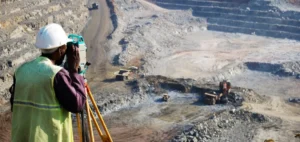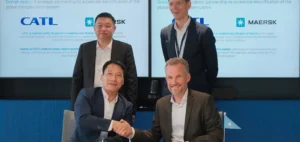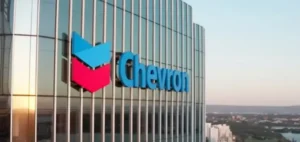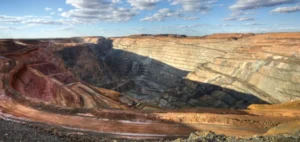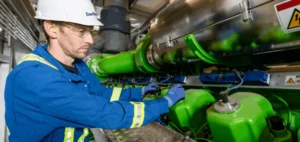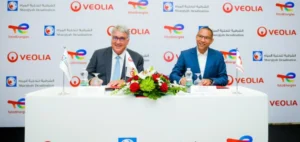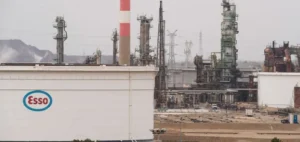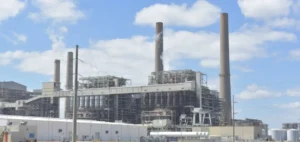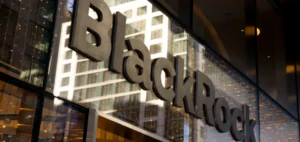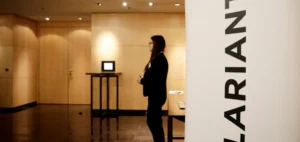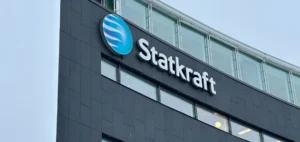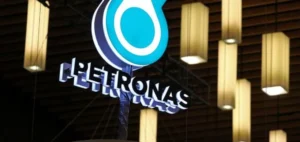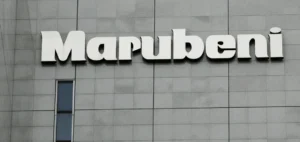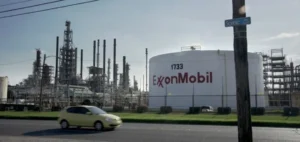Citicore Renewable Energy Corp plans to go public this year to fund a $4 billion investment in new solar projects over the next five years. Oliver Tan, CEO of Citicore, said that for a country like the Philippines, with little oil and coal but abundant sun, wind and water, it was imperative to deploy capital investments in renewable energy.
IPO of Citicore Renewable Energy in 2023
Citicore will file documents for an initial public offering (IPO) in the second quarter and complete its listing within the year, according to Oliver Tan. He also indicated that the IPO will be large enough to attract foreign investors for an international tranche.
The new funds from the IPO will allow Citicore, which has 241 megawatts of installed capacity via solar panels, to invest $800 million this year to increase production to 1 gigawatt (GW), and about $4 billion to reach 5 GW within five years, according to Tan.
Citicore REIT on Friday registered its first ASEAN green bond on the Philippine fixed income trading platform. It raised P4.5 billion ($82.6 million) through the sale of bonds to finance the acquisition of land for its renewable energy portfolio.
Other Citicore energy projects
In addition to the solar projects, Citicore is also pursuing seven offshore wind projects with a total capacity of 3 GW. Citicore is the parent company of Citicore Energy REIT Corp and is a sister company of Megawide Construction Corp.
Philippine Renewable Energy Target
The Philippines, an archipelago country highly vulnerable to the effects of climate change, aims to increase renewable energy in its energy mix to 35% by 2030, up from 21% in 2020 and 50% by 2040. In 2020, coal accounted for nearly 60% of the country’s energy mix.


